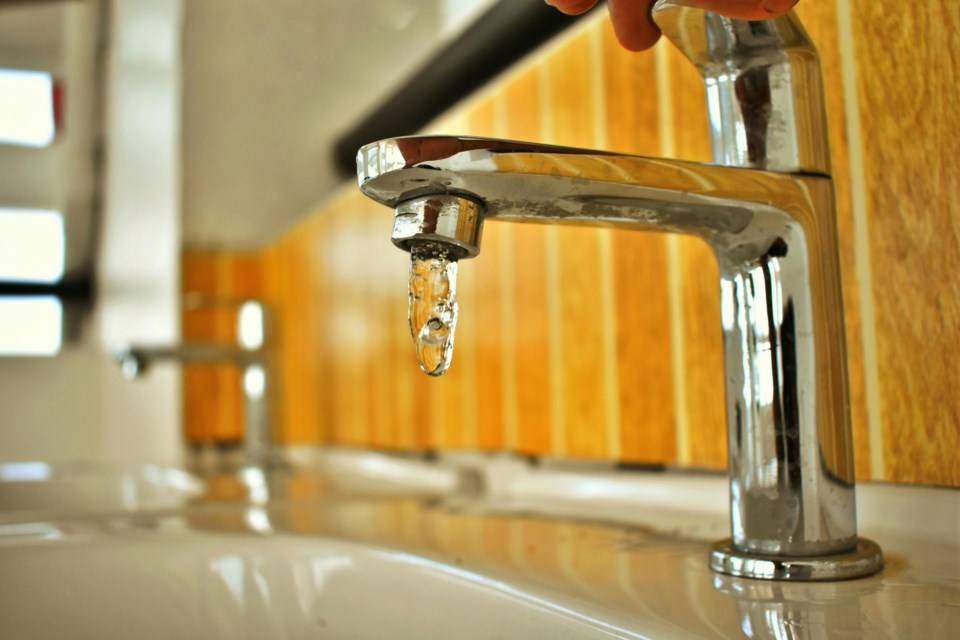The city of Longmont announced last week that its water system has been classified as non-lead by the Colorado Department of Public Health and Environment and the U.S. Environmental Protection Agency.
The classification came after Longmont conducted a thorough investigation of its service lines in the potable water distribution system.
The city has conducted corrosion testing since 1987 and has continued to conduct regular testing. More than 11,000 tests were conducted on Longmont’s drinking water last year to ensure its quality.
Longmont’s water comes from streams, lakes and reservoirs encompassed in the St. Vrain Creek watershed and the Colorado and Fraser Rivers which bring water to the city via the Colorado-Big Thompson project.
Before treatment, which is conducted at the Nelson-Flanders Water Treatment Plant, the water could include microbial contaminants, inorganic contaminants, pesticides, herbicides, organic chemical contaminants and radioactive contaminants. These things are picked up as the water travels through the ground and runoff.
“The City’s treatment plants reduce any contaminants in the source waters to levels that meet all Federal and State requirements,” according to the city of Longmont. The reduction in contaminants is regulated by EPA standards.
The water is treated via a seven step process that includes coagulation, flocculation, sedimentation, filtration, disinfection, fluoridation and stabilization, according to the city.
In 2021, the EPA issued a requirement that the materials of water service lines be investigated and an inventory be conducted by Oct. 2024. The city of Longmont conducted an in-depth investigation that reviewed all available historic records of water lines, verified the materials used for piping and an evaluation of the reliability of the historic records.
The investigations revealed that Longmont’s water treatment facility is “effectively lead-free,” according to the city of Longmont.
“...our water testing confirms there is no lead coming from water supplies or the City’s water main lines. Longmont’s water is also treated to reduce corrosion potential, reducing the risk for lead to enter your water,” a news release from the city stated.
Since testing began in the 1980s, the highest report of lead from Longmont’s water system has been 3 parts per billion, with an average falling between 1-2 parts per billion. The EPA states that 15 parts per billion is where the danger threshold begins. Longmont’s treated drinking water testing surpassed both state and federal standards, the city stated in a news release.
“Lead in drinking water is primarily from material and components associated with service lines and home plumbing,” the city of Longmont stated. “The City of Longmont is responsible for providing high quality drinking water, but cannot control the variety of materials used in plumbing components. When your water has been sitting for several hours, you can minimize the potential for lead exposure by flushing your tap for 30 seconds to 2 minutes before using water for drinking or cooking. If you are concerned about lead in your water, you may wish to have your water tested.”



